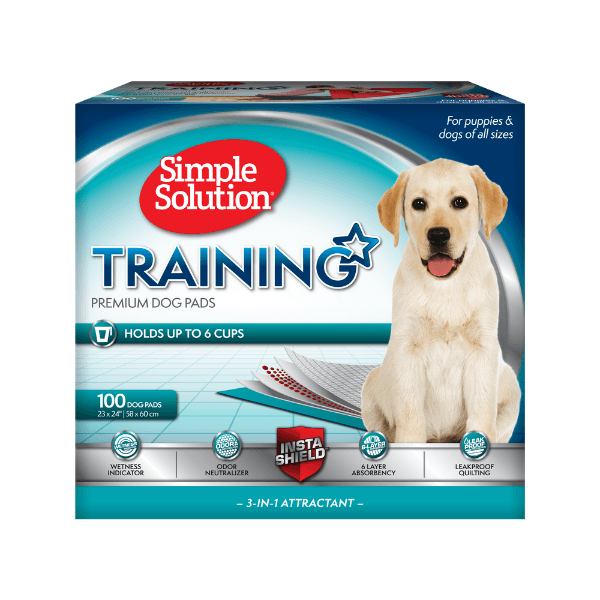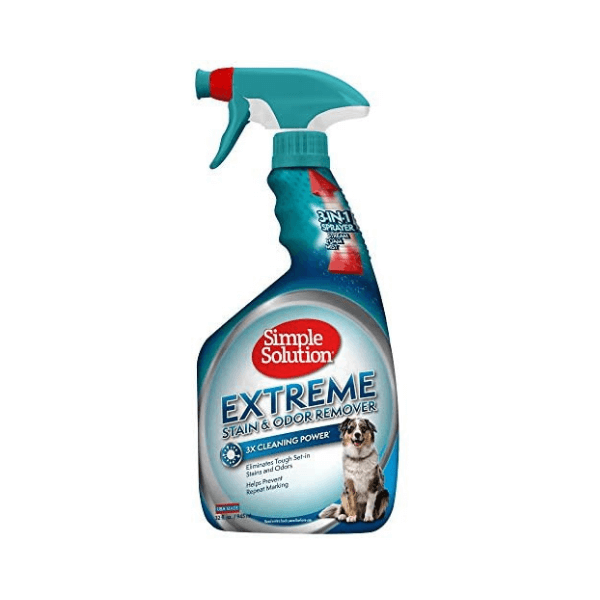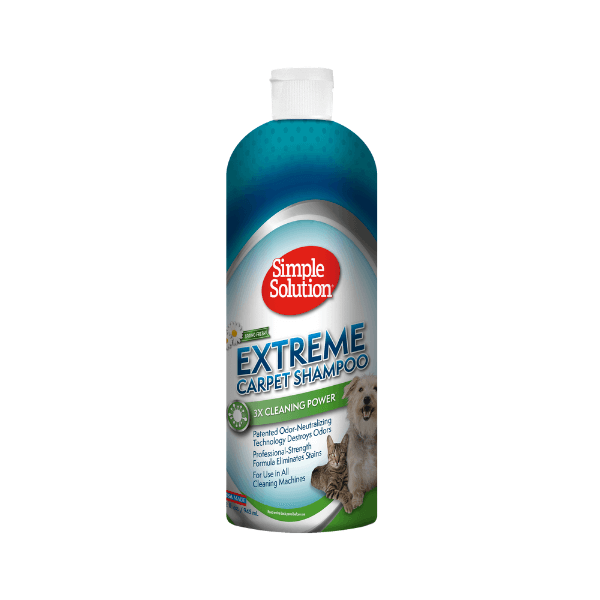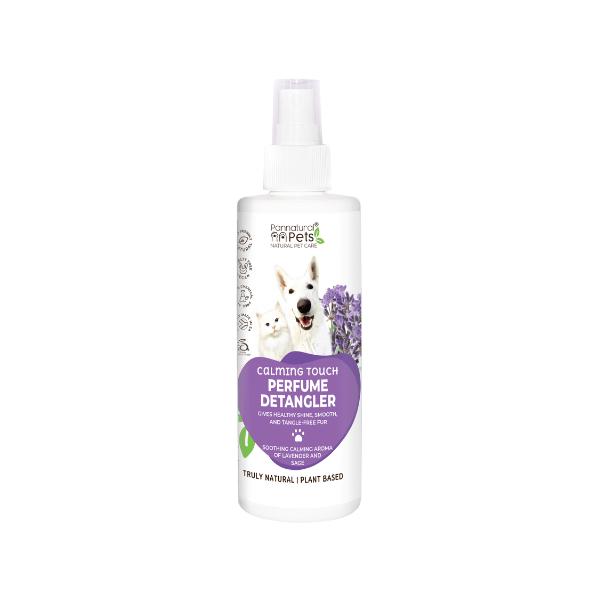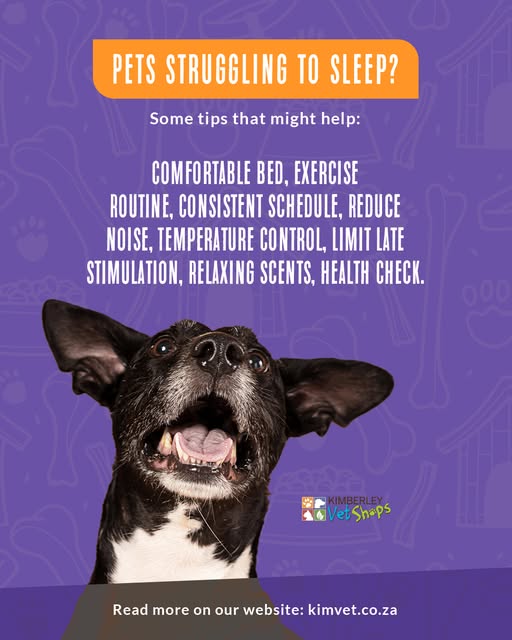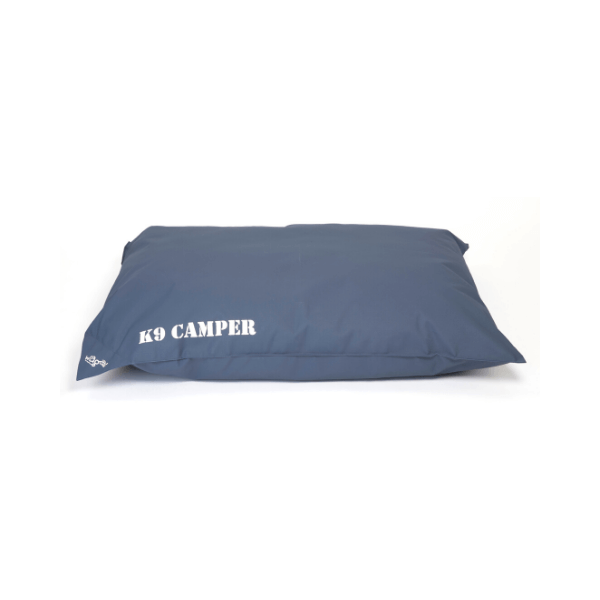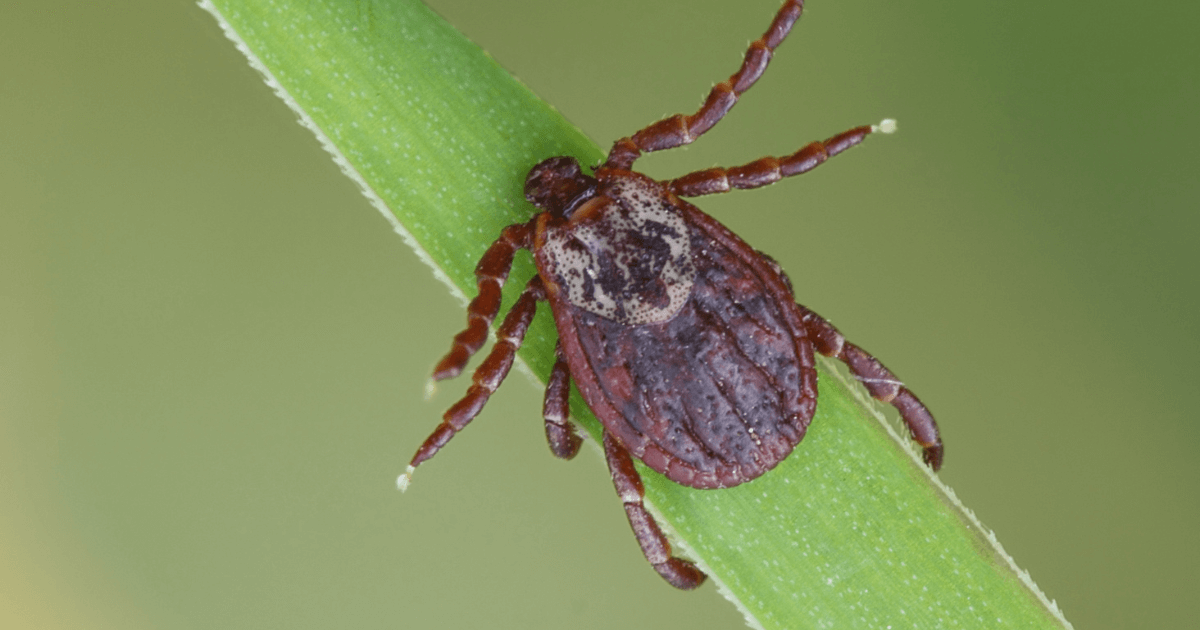
Dogs in South Africa. Some facts to know!
South Africa boasts a rich canine history and several unique dog breeds, including the iconic Rhodesian Ridgeback, known for its distinctive ridge of hair, and the Boerboel, a strong and loyal farm dog.
Here’s a more detailed look at some cool facts about dogs in South Africa:
Unique South African Dog Breeds:
• Rhodesian Ridgeback:
This breed, recognized as South Africa’s national dog, is known for its unique ridge of hair growing in the opposite direction on its back.
• Boerboel:
Originally bred to guard farms, Boerboels are known for their strength, loyalty, and protective nature, and are affectionate with their families but wary of strangers.
• African Wild Dog (Lycaon pictus):
While not a domesticated breed, these wild dogs are a fascinating part of South Africa’s canine heritage, known for their striking appearance and cooperative hunting behavior.
Other Interesting Facts:
• Just Nuisance:
This Great Dane was a beloved figure in South Africa, becoming the only dog ever to be officially enlisted in the Royal Navy, serving at HMS Afrikander in Simon’s Town.
Common breeds:
German Shepherd, Boerboel, Ridgeback, and Pit Bull are among the most common breeds in South Africa.
Dogs are popular pets:
Dogs are the most popular pets in South Africa, with large breeds making up 50% of the dog population.
Rhodesian Ridgeback’s origins:
The Rhodesian Ridgeback’s name comes from a unique genetic mutation that led to a strip of hair on the dog’s back to grow in the opposite direction, giving it a distinguished appearance.
African Wild Dog Facts:
• Status: Endangered.
• Population: Estimated 6,600.
• Habitat: Deserts, forests, and grasslands – all parts of the savannah biome.
• Max speed: Up to 44mph
From hunting companions to protectors – the relationship between dogs and humans goes back thousands of years.
Today, one of the most domesticated animals, in many parts of the world the Canis lupus familiaris is a beloved family member and friend we share our lives with.
Here are 10 fascinating facts about our furry companions.
• Dogs can smell diseases such as diabetes and cancer.
• Dogs conduct their “business” in a north south-direction.
• Dogs can smell about 10,000 times better than humans.
• Dogs know when they do not have enough information to solve a problem and actively search for more input.
• Dogs have three eyelids.
• To drink water, dogs plunge their tongue straight into the water, pull it to the rear and shovel the water into their throat.
• The smell in a dog’s urine lets other dogs know if the one who left the message is young or old, male or female, healthy or sick and happy or angry.
• Dogs can see colours, however, their perception of colour resembles that of a person who is colour blind.
• Dogs can estimate the size of another dog by the sound of their growling.
• Sweat ducts in dogs’ paws are activated when it is too hot and helps to keep their body temperature cool. Because of dogs’ “sweaty feet”, they leave wet footprints.
Showing 1–12 of 127 resultsSorted by popularity
-
Sale!
 20% Off
20% OffDog Days Pineapples Sweatshirt Pink
R72.13 – R231.84 -

Dog Days Forest & Tiger Sweatshirt Green
R120.75 – R217.35 -
Sale!
 20% Off
20% OffDog Days Cherries Sweatshirt Pink
R72.13 – R166.15 -
Sale!
 20% Off
20% OffDog Days Cloud & Rain Sweatshirt Grey
R72.13 – R231.84 -

Dog Jersey Assorted, Dogs Clothing, KimVet e-Shop, Kunduchi
R65.51 – R205.89 -
Sale!

Dog Days Roaring Crocs Sweatshirt Navy
R99.98 – R224.60 -
Sale!

Dog Days Daisy Sweatshirt Mint
R99.98 – R224.60 -
Sale!
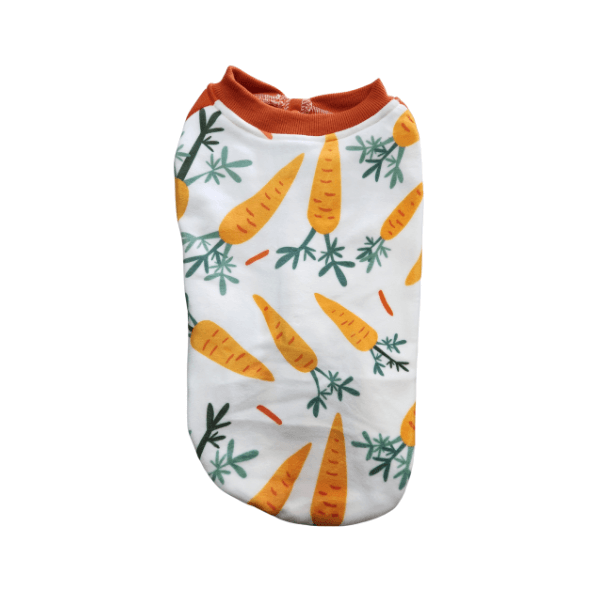
Dog Days Carrots Sweatshirt Orange
R99.98 – R224.60 -
Sale!
 15% Off
15% OffDog Days Gecko Sweatshirts Grey
R88.95 – R198.43 -
Sale!
 15% Off
15% OffDog Days Floral Sweatshirts Pink
R88.95 – R198.43 -
Sale!
 20% Off
20% OffDog Days Cloud & Rain Sweatshirt Blue
R72.13 – R231.84 -

Cheetahs Rugby Hoodie, Dogs Clothing, KimVet e-Shop, Dog’s Life
R289.80 – R370.30



